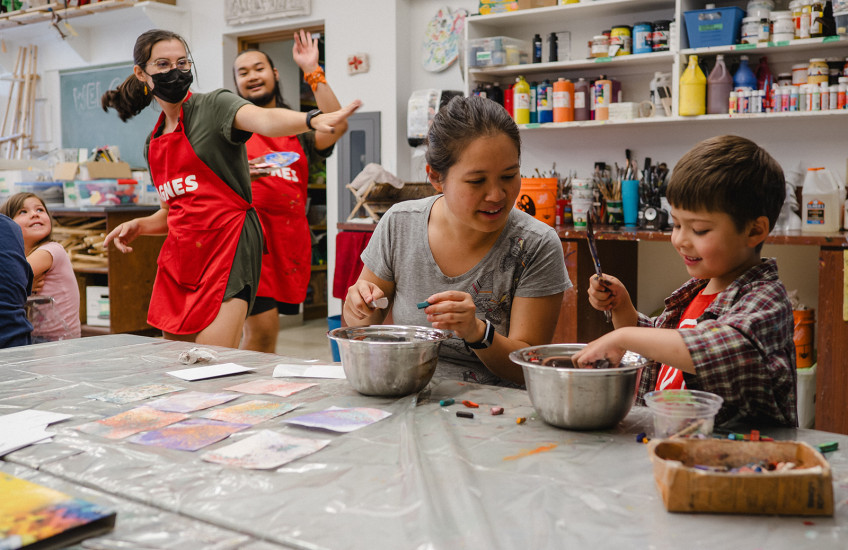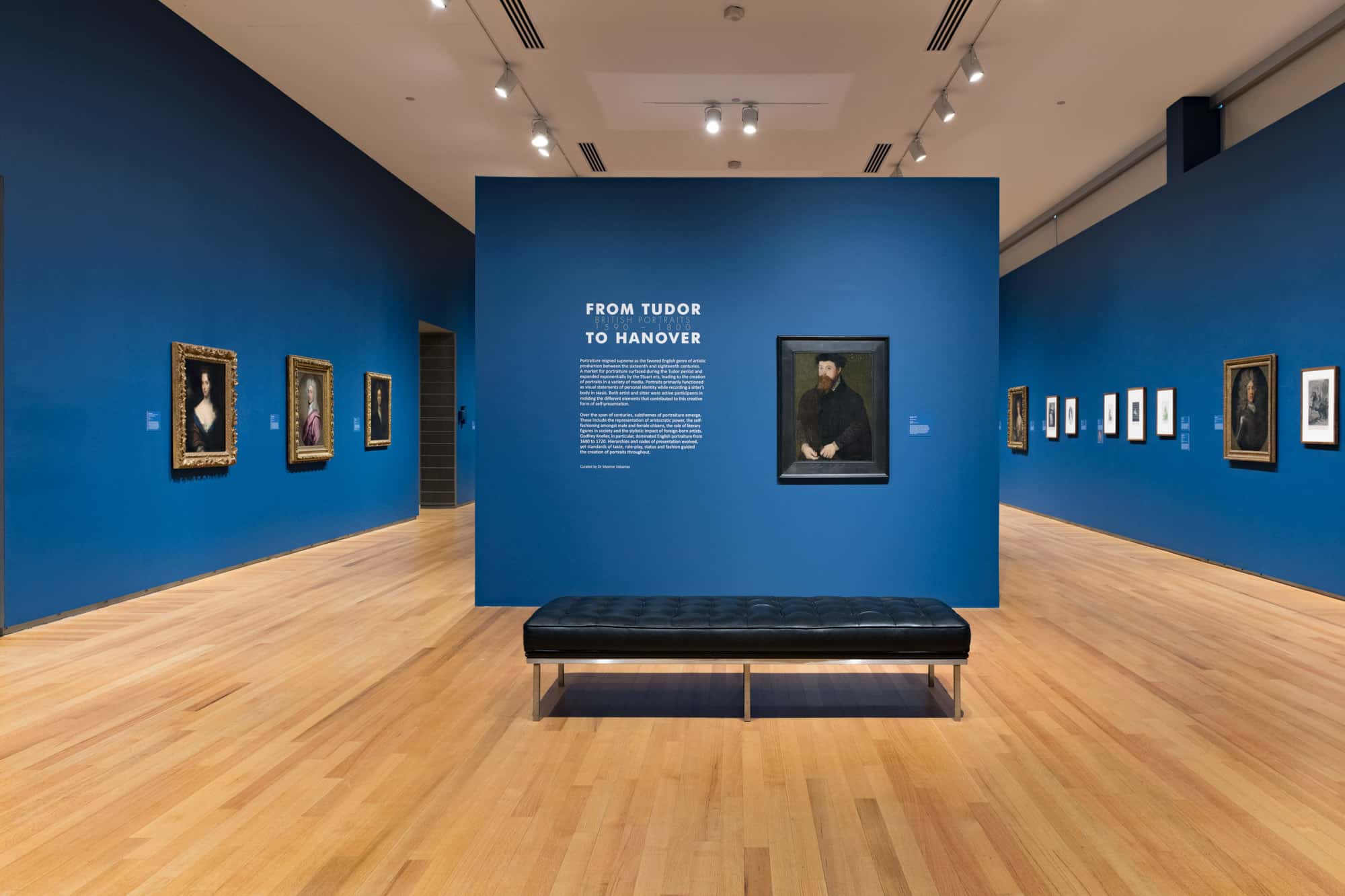Saturday 17 May
13°C and Broken Clouds
Another milestone: Agnes is closed to the public as we prepare for Agnes Reimagined. Stay tuned for plans for off-site programming!



Sustain Agnes programs and collections by making a gift today.
Donate


Thursday 16 January 2020
Members’ Preview: 5–6 pm
Public Reception: 6–7:30 pm
In recognition of a number of spectacular acquisitions in recent years, From Tudor to Hanover: British Portraits, 1590–1800 investigates the evolution of the painted and printed portrait in Britain. The desire to fashion the self, record achievement and cultivate fame has appealed to British citizens since the early modern era. Accordingly, this show explores the fundamental issues of identity—gender, class and status—by presenting portraits by Peter Lely, Godfrey Kneller and others in the context of evolving national and cultural boundaries.
The exhibition is divided into five themes: Dutch and Flemish Influences, Kneller and His Impact, Authors, Fashion, and Royalty.

In the sixteenth and seventeenth centuries, British portraiture was dominated by foreign-born artists. The religious wars in the Low Countries led many Dutch and Flemish artists to take refuge in Britain, where they established themselves as prominent portraitists. Artists such as Peter Paul Rubens and Anthony van Dyck excelled in this artistic genre and were hailed as figures that belonged to the aristocracy of genius in England. Portraits by these artists appealed to all the great British collectors.
Godfrey Kneller trained as an artist on the continent before moving to England where he developed a powerful style of painting. Kneller’s broad and confident brushwork earned him many commissions en route to becoming a court painter to four consecutive monarchs. His name is synonymous with British portraiture of the late seventeenth and early eighteenth centuries. Kneller’s impact on this artistic genre was vast; several hundreds of different prints were made after his portraits.
Throughout much of British history, literary figures have been regarded as culturally sophisticated individuals who helped to fashion society. Although the clothing worn by authors in portraits tends to be reasonably modest, such images were created in part to confer a gentlemanly status on creative men. Individuals such as Geoffrey Chaucer, Ben Jonson and John Dryden were vital in shaping the course of English literature.
Towards the second half of the seventeenth century, London became a centre of fashion. Portraits were consumed by viewers because they highlighted a sitter’s personal character and, perhaps more importantly, because they were compelling fashion statements. Carefully selected accessories, fashionable garbs and ornamented headdresses were but some of the articles sported by the portrayed individuals.
British rulers promoted the production of portraits to display their power and status. Many commissioned multiple portraits of themselves. These images illustrate how individual sovereigns stood at the centre of government at a specific moment in history. The burgeoning print trade enabled portraits of royalty to be distributed to foreign embassies and provided British subjects with a less expensive means of acquiring portraits at home.
Subscribe to our “This Week at Agnes”
Agnes uses cookies to provide the best possible online experience. Learn more about our privacy practices.